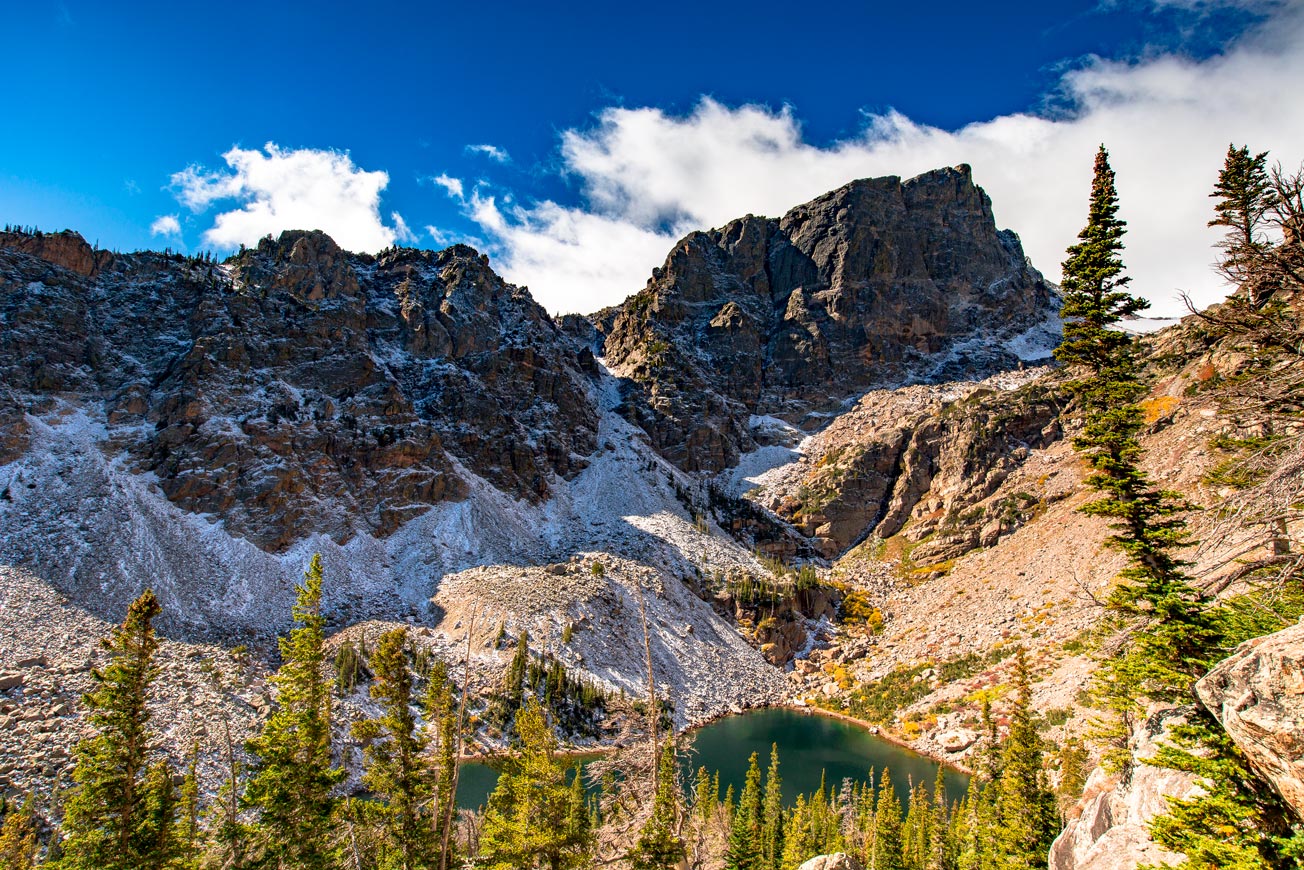
Article Summary: Rocky Mountain National Park Facts
Rocky Mountain National Park Facts! In this article, we provide you with 14 amazing facts about one of America’s most magnificent national parks.
More Than Just Parks is your one-stop-shop when it comes to learning everything you’ll need to know about America’s national parks. We’ve got expert guides, beautiful photos, helpful tips, breathtaking films and so much more.
I’ve been to so many of these amazing places since retiring from teaching in 2018. Did I mention that I taught history? I spent a lifetime teaching about the history behind some of these natural wonders. Then I got to see them firsthand.
And now I’m sharing some of the incredible stories about these beautiful places with you. It doesn’t get any better than that!
More Than Just Parks takes a deeper dive with its national park facts. We’ve done our homework so that you’ll get more than you bargained for.
Without further ado, let’s dive in.
Table Of Contents: Rocky Mountain National Park Facts
Rocky Mountain National Park Facts
- Facts About Rocky Mountain National Park
- Rocky Mountain National Park Facts
- Top 5 Rocky Mountain National Park Facts
- 1. The Paleo-Indians Were The Earliest Peoples To Inhabit The Rocky Mountains
- 2. The Highest Point In Rocky Mountain National Park Is Named After The Leader Of A Historic Expedition
- 3. The First Man To Report About The Wonders Of The Region Was A Fur Trapper & Hunter
- 4. The First Recorded Discovery Of The Park Was Made By A Pioneer
- 5. A Famous French Author Immortalized Longs Peak
- Top 10 Rocky Mountain National Park Facts
- 6. A Legendary Explorer Was Part Of The First Party To Successfully Climb Longs Peak
- 7. An Englishwoman Of Amazing Accomplishments Scaled Longs Peak & Wrote Of Her Exploits
- 8. An Irish Aristocrat Tried To Purchase All Of Estes Park
- 9. Rocky Mountain Has Over 60 Peaks
- 10. The Park’s Trail Ridge Road Is A Scenic Wonder
- Top 14 Rocky Mountain National Park Facts
- 11. Rocky Mountain National Park Contains A Diverse Array Of Wildlife
- 12. Most Of Rocky Mountain Is Wilderness
- 13. At Rocky Mountain, You Will Find An Incredible Museum Collecti0n
- 14. There Are Hot Springs Near Rocky Mountain National Park
- Watch Our Rocky Mountain National Park Video
- Why Trust Us About Rocky Mountain National Park Facts?
- Meet The Parks Brothers
- Map Of Rocky Mountain National Park
- List Of Rocky Mountain National Park Facts
- Top 5 Rocky Mountain National Park Facts
Facts About Rocky Mountain National Park
Rocky Mountain National Park is a national park located in the Front Range of the Rocky Mountains, in north-central Colorado. It covers an area of 415 square miles and is home to a wide variety of wildlife, including elk, bighorn sheep, and moose, as well as many species of birds and fish.
The park is also home to a number of threatened and endangered species, such as the lynx and the boreal toad.
The park is known for its stunning landscapes, which include high peaks, alpine meadows, and forests. The park’s highest peak, Longs Peak, stands at 14,259 feet and is a popular destination for hikers and climbers.
The park also has over 300 miles of trails, which offer a range of difficulty levels and offer opportunities for hiking, backpacking, and horseback riding.
In addition to its natural beauty, Rocky Mountain National Park also has a rich cultural history. The park is home to a number of historic structures, including the Old Fall River Road and the Grand Ditch, which were built in the late 1800s.
Rocky Mountain National Park is a popular destination for outdoor enthusiasts and nature lovers, and it receives over four million visitors each year.
The park is open year-round, and visitors can enjoy a variety of activities, including hiking, climbing, fishing, and wildlife viewing.
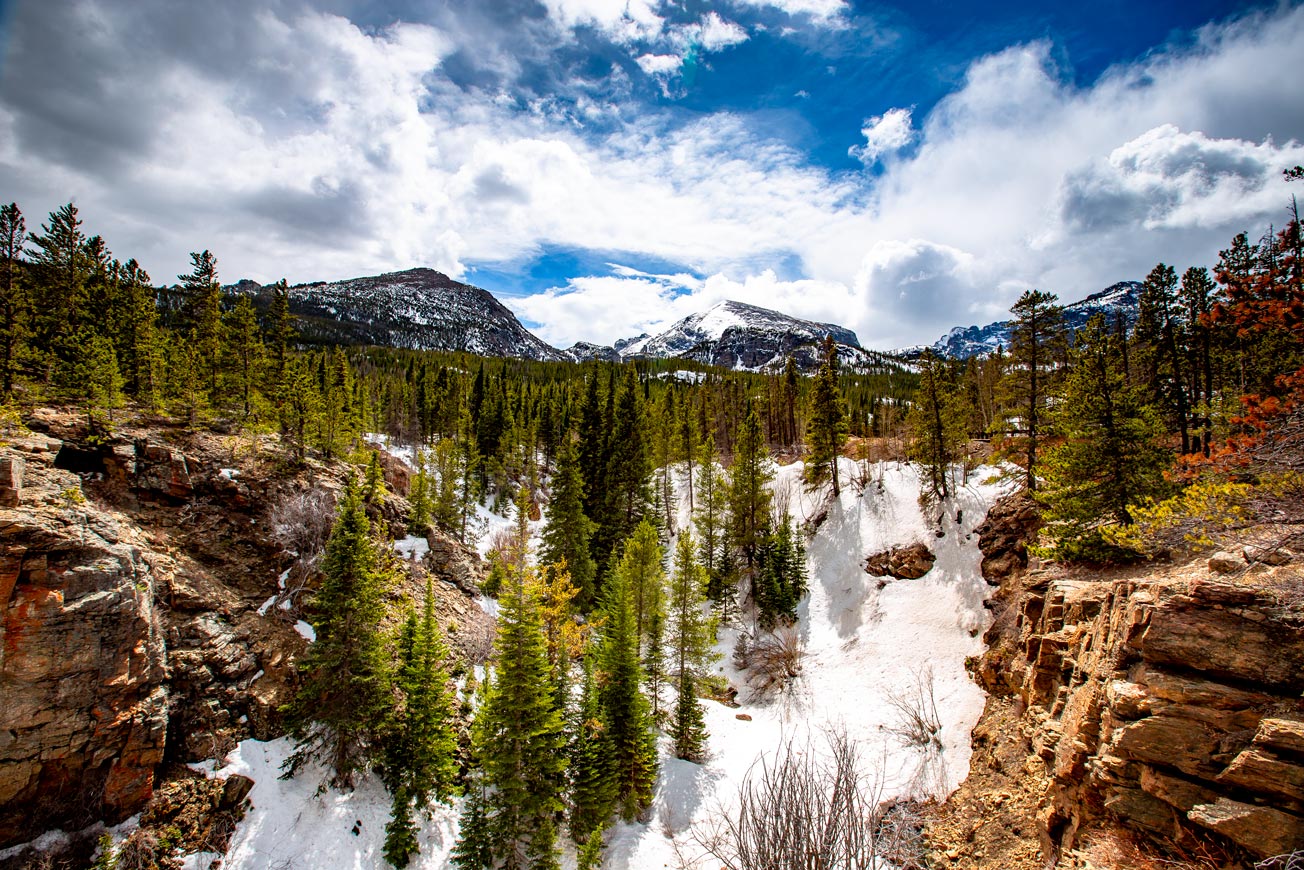
Here Are Some Of The Basic Facts
- Location: Colorado
- Acreage: Rocky Mountain National Park’s 415 square miles (265,807 acres) encompasses a spectacular range of mountain environments.
- Visitation: With over 4.5 million visitors every year, Rocky Mountain is one of the most visited parks within the National Park System.
- Elevation: Rocky Mountain is one of the nation’s highest national parks. With elevations from 7,860 feet to 14,259 feet, Rocky Mountain makes you feel like you are on top of the world. Within the park’s boundaries are 77 mountain peaks over 12,000 feet high and the Continental Divide.
- Climate: The Rocky Mountain Region encompasses a wide range of climates, from the semiarid shortgrass prairies to the cold and windy alpine tundra. The regional climate is influenced by moist air masses from the Pacific Ocean and the Gulf of Mexico, as well as by cold, dry air masses from Canada.
- When Did It Become A National Park? The park was established in 1915 when President Woodrow Wilson signed the Rocky Mountain National Park Act.
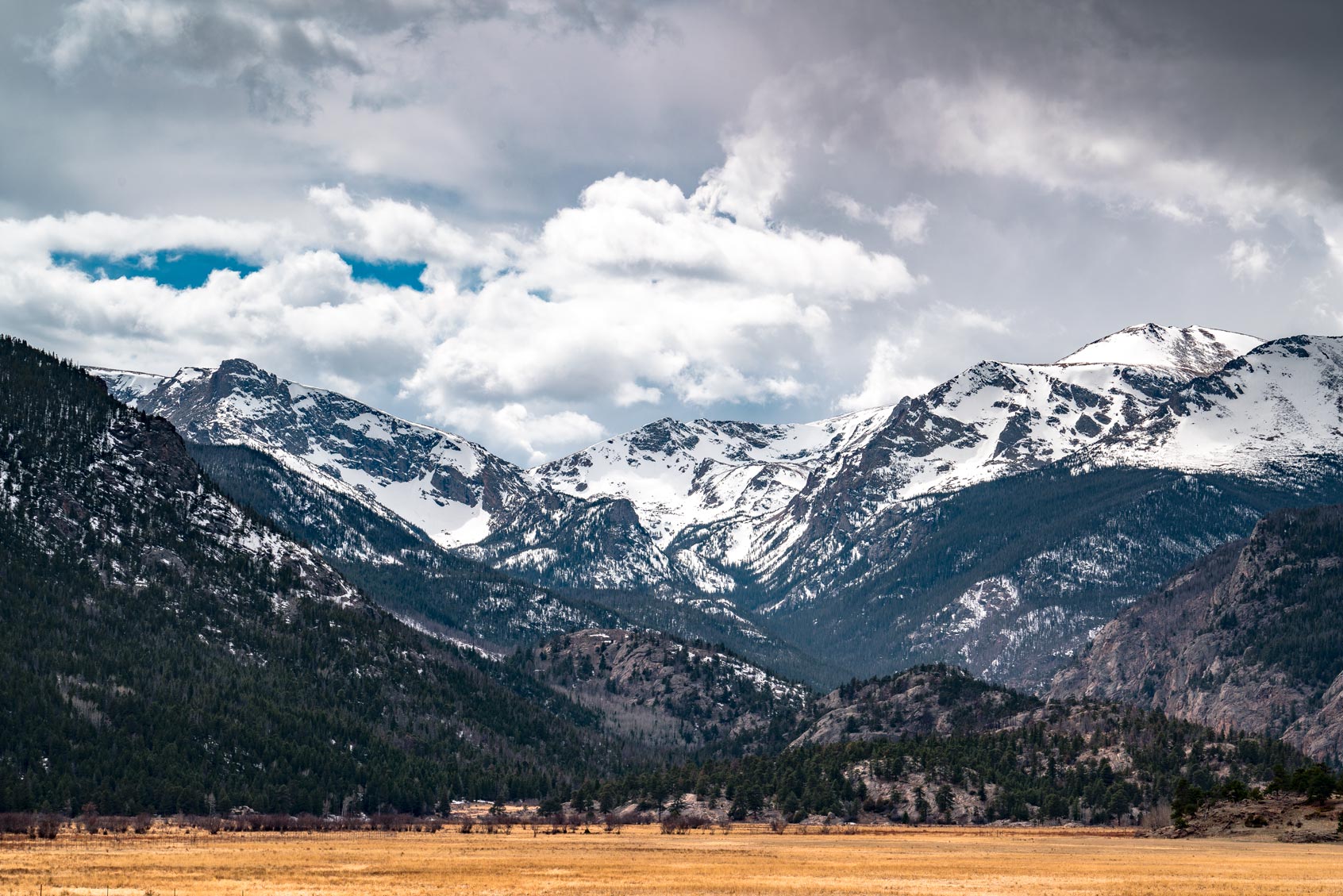
CHECK OUT: These 12 Colorado National Parks Will Blow Your Mind
Rocky Mountain National Park Facts
Top 5 Rocky Mountain National Park Facts
1. The Paleo-Indians Were The Earliest Peoples To Inhabit The Rocky Mountains
When researching the peoples who explored America’s national parks I never fail to come across interesting stories. In the case of Rocky Mountain National Park Facts, however, there are so many interesting stories and fascinating people that I’m not sure where to begin. In that case, I’ll begin at the beginning which is what we retired history teachers like to do.
It all begins with the Paleo-Indians who traversed the area some 11,000 to 12,000 years ago.
Paleo-Indians were actually the earliest people to inhabit the Americas. Between 30,000 and 11,000 years ago, small, highly mobile groups of hunter-gatherers extended their hunting areas throughout Beringia (the landmass that joined Siberia and Alaska) and into the Western Hemisphere.

The Lindenmeier & Dent Sites
In the case of Rocky Mountain National Park, the Lindenmeier and Dent sites where projectile points were found that were used to hunt Mammoth and Bison antiquus.
These crafted stone Clovis projectile points have allowed scientists to trace their ancient kill sites. Through radiocarbon dating procedures, archaeologists have discovered a site in the park which they can date to between 11,000 and 12,000 years ago.
As the earliest ancestors of more recent Native American tribes known to history, they undoubtedly explored and hunted this area as the great continental ices sheets were receding northward.
Bison Hunts Were A Matter Of Life & Death
The earliest inhabitants of the Bighorn country relied heavily on bison hunting for survival. They would come together in scattered bands for the fall bison hunt, which was a time of great significance.
Successful hunts meant they would have enough food to live through the winter, while failure could mean starvation and even the end of the people.
The hunting methods used involved stampeding bison herds over cliffs or into canyons, known as buffalo jumps, which were scattered throughout the Bighorn country.
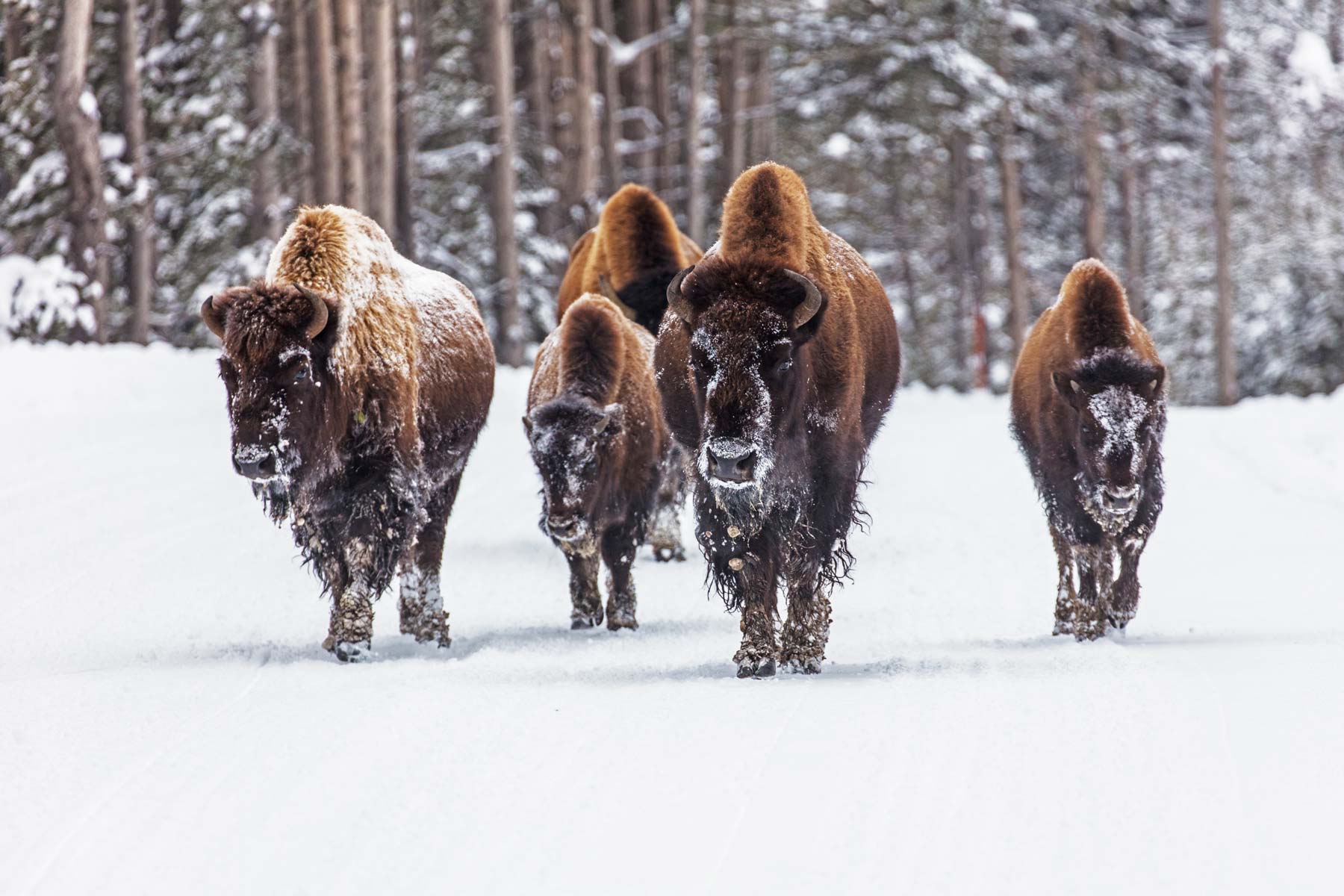
Through generations of use, these buffalo jumps became covered in stacks of bones from the slaughtered animals. After the hunt, the people would return to the canyon and its shelters to start another cycle.
However, it is not known what happened to these people or why they abandoned their way of life after so many generations.
CHECK OUT: 11 AMAZING Facts About Acadia National Park
2. The Highest Point In Rocky Mountain National Park Is Named After The Leader Of A Historic Expedition
Longs Peak is the highest point in Boulder County and Rocky Mountain National Park. It’s named after one of the interesting people whose story is connected to the story of the park, which is another fascinating Rocky Mountain National Park Fact.
Stephen Harriman Long was an officer of the United States Army, born in Hopkinton, New Hampshire in 1784.
His father served under General Washington at Valley Forge.
Long graduated from Dartmouth College and during the War of 1812, he worked as a civil engineer on the harbor defenses for New York City.
He was commissioned as a second lieutenant and assigned to duty as assistant professor of mathematics at the United States Military Academy at West Point in 1814.
Long requested and was granted an appointment to the reformed Corp. of Topographical Engineers as a breveted Major and was assigned to St. Louis in 1816.

The Yellowstone Expedition
On March 18th, 1819, Secretary of War John G. Calhoun ordered Stephen Long to lead an intrepid campaign across the Great Plains to the Rocky Mountains. This excursion, initially termed the Yellowstone Expedition, to bring together leading scientific experts of the day from the fields of botany, geology, zoology, and cartography.
In late June of 1820, members of Long’s exploring party awoke to another morning on the Great Plains, they noticed something different in the distance.
It appeared to be a bluish cloud on the western horizon, but as the day took shape, the men made out the line of peaks that later came to be called the Front Range of the Rocky Mountains.
One peak stood out in particular and was given Long’s name.
The Long Expedition
In 1820, Stephen Harriman Long led an expedition with 12 civilian volunteers and a small military contingent to explore the Front Range of the Rockies.
They were the first to see a peak which is now known as Longs Peak, which was originally named Les Duex Oreilles (Two Ears).
The expedition returned via the Arkansas and Canadian Rivers to Fort Smith. Long and his staff then returned to Philadelphia where they published their findings in a book called “Account of an Expedition from Pittsburgh to the Rocky Mountains … Under the Command of Maj. S.H. Long…”.
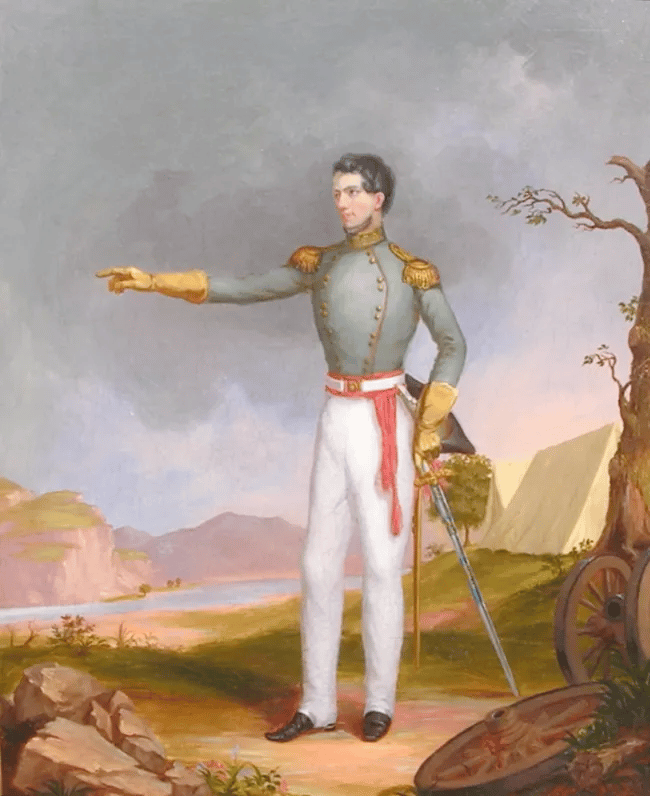
The maps and charts created by Long’s expedition were so detailed and accurate that some were still used during the Civil War.
They also contributed to the naming of the area comprising the current state of Wisconsin.
To learn more about this incredible man and his epic adventures, I recommend: From Pittsburgh to the Rocky Mountains: Major Stephen Long’s Expedition, 1819-1820 by Maxine Benson.

CHECK OUT: 11 AMAZING Facts About Arches National Park
3. The First Man To Report About The Wonders Of The Region Was A Fur Trapper & Hunter
Another fascinating figure who became a part of the Rocky Mountain National Park Story was a man by the name of Rufus B. Sage. He was an American writer and journalist who subsequently became a mountain man.
A desire to hunt brought Sage into the area which became Rocky Mountain National Park. Sage chronicled his exploits in a book titled, Rocky Mountain Winters. He wrote:
“At this place it was our daily practice to fell two or three small trees for our horses, as we now considered ourselves fully established in winter quarters. Game was plenty, and wood abundant; nothing, therefore, remained for us to do but to recruit our horses, eat of the best the prarie afforded, drink of the crystal waters that rolled by our side, and enjoy life in true mountain style; nor did we neglect the opportunity of so doing.”
“In fact, had the world been searched over, it would have been hard to find a jollier set of fellows than we. The effort of a few hours was sufficient to procure a month’s supply of the choicest delicacies, nor is it marvelous that, to use a cant phrase of the country, we soon became ‘fat, ragged, and saucy.'”
Sage was the first person to report on his adventures in this magnificent wilderness and, in doing so, he began to call attention to a place which would soon see a great number of interested people arrive who would shape the future of the area.

CHECK OUT: 10 AMAZING Facts About Badlands National Park
4. The First Recorded Discovery Of The Park Was Made By A Pioneer
So many interesting figures are behind the story of the discovery and creation of Rocky Mountain National Park. Another one of those figures is the discoverer of the region – Joel Estes.
In 1849, Joel Estes and his son Hardin set out for California to search for gold. Unlike most prospectors, they were able to stake out a profitable claim which they sold for $30,000 during a time when men worked for $1.50 a day, making the Estes family relatively wealthy.
In 1860, Estes moved his family to the area now known as Rocky Mountain National Park, where they constructed two log cabins and took possession of the land as squatters since the area had not been surveyed.
Between 1863 and 1866, Estes worked to make his homestead into a profitable venture and his family roamed across the park on hunting expeditions. Because of this, the Estes family is credited as the region’s discoverers.
The park was named for Estes by William Newton Byers, editor of the Rocky Mountain News, in 1864, who also made news that year by using a primitive trail to reach the Longs Peak area.
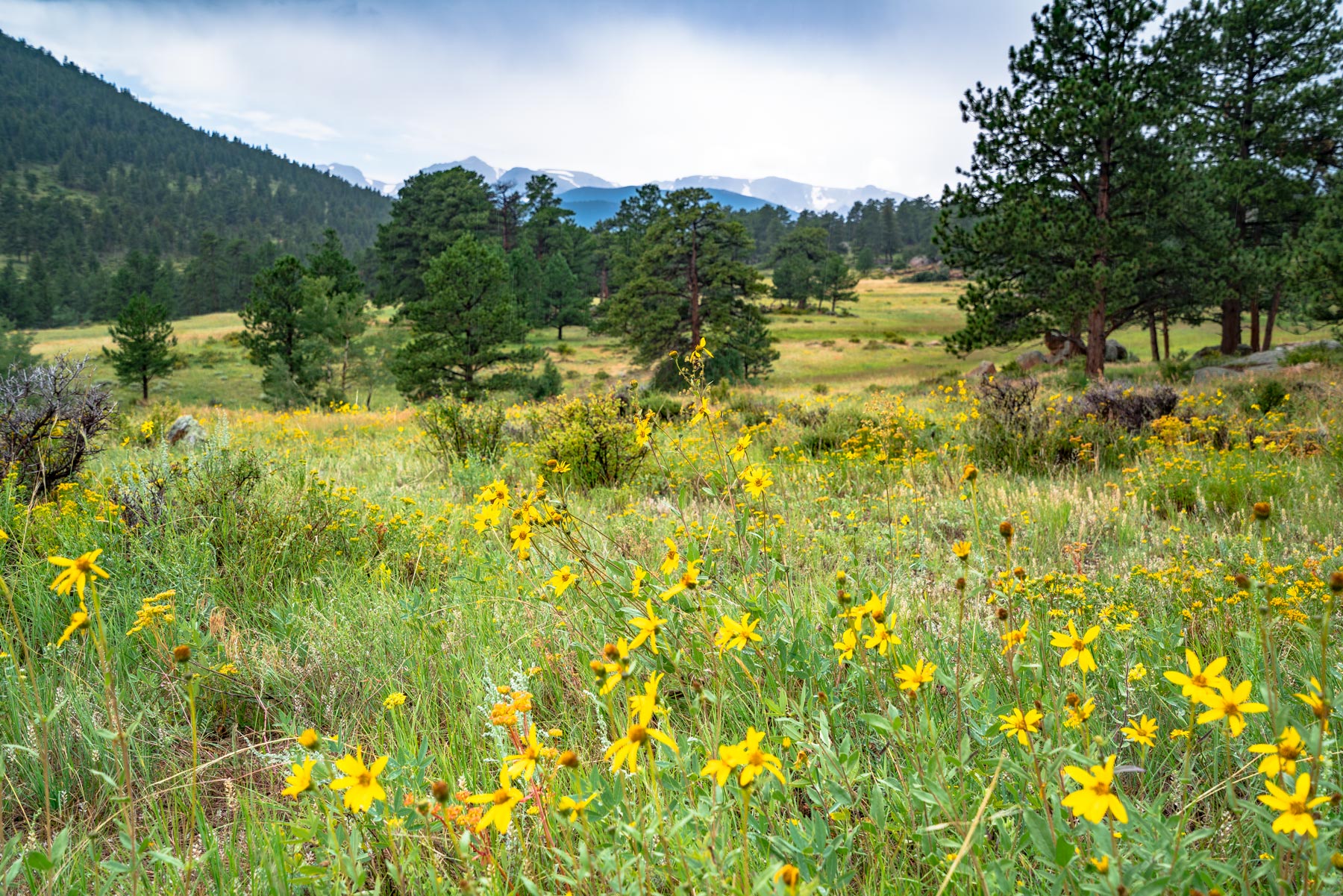
CHECK OUT: 12 AMAZING Facts About Capitol Reef National Park
5. A Famous French Author Immortalized Longs Peak
One of my favorite Rocky Mountain National Park Facts involves the story of a world famous author who helped to immortalize the park’s tallest peak.
Jules Verne is famous for his pioneering science-fiction novels, such as Journey to the Centre of the Earth (1864), From the Earth to the Moon (1865), and Twenty Thousand Leagues Under the Sea (1869–70).
From The Earth To The Moon was published in 1865. Set in the time of the post-American Civil War; it is about the attempts of the Baltimore Gun Club society on building an enormous space gun.
To follow the space ship’s progress, he imagined a fictional 80-foot-long telescope on top of Estes Park’s most famous mountain, the 14,259-foot-high Longs Peak.
What’s remarkable about this story is that, at the time Verne wrote it, no one had yet successfully climbed Longs Peak. In his book, however, Verne writes:
“All the necessary apparatus was consequently sent on to the summit of Long’s Peak… Neither pen nor language can describe the difficulties of all kinds which the American engineers had to surmount…. They had to raise enormous stones, massive pieces of wrought iron, heavy corner-clamps and huge portions of cylinder, with an object-glass weighing nearly 30,000 pounds, above the line of perpetual snow for more than 10,000 feet in height.”
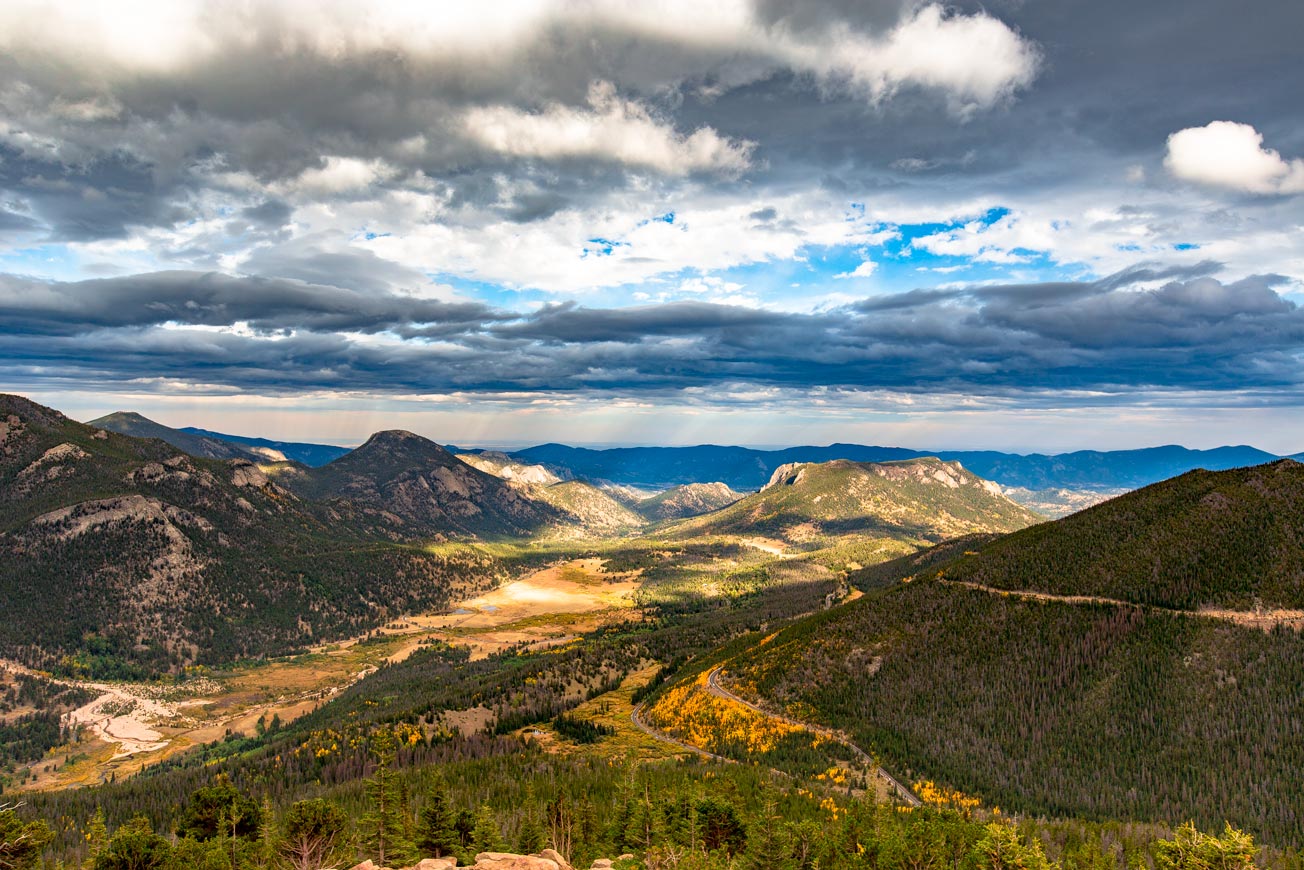
From The Earth To The Moon & Apollo 11
There are some amazing parallels between Verne’s novel and the voyage of the first spacecraft to actually land men on the moon.
Initial velocity for the Verne craft was estimated at 36,000 feet (10,972 metres) per second; after the firing of Apollo 11′ s third-stage engine, velocity was 35,533 feet per second.
Verne gave his capsule 97 hours, 13 minutes, 20 seconds to reach the moon. Apollo’s time was 103 hours, 30 minutes.
Jules Verne’s moon gun, as described in his 1865 novel From the Earth to the Moon, was located in Florida, which is where Apollo 11 blasted off on its trip to the Moon.
As a matter of fact, during their return journey from the Moon, the crew of Apollo 11 made reference to Jules Verne’s book during a TV broadcast on 23 July.
Mission commander, astronaut Neil Armstrong, said, “A hundred years ago, Jules Verne wrote a book about a voyage to the Moon. It seems appropriate to us to share with you some of the reflections of the crew as the modern-day Columbia completes its rendezvous with the planet Earth and the same Pacific Ocean tomorrow.”
“We are all, in one way or another, the children of Jules Verne.”
-ray bradbury
CHECK OUT: 25 Bucket List Famous Landmarks In America (MUST-SEE)
Top 10 Rocky Mountain National Park Facts
6. A Legendary Explorer Was Part Of The First Party To Successfully Climb Longs Peak
Rocky Mountain National Park Facts produced a succession of the most interesting people. I mentioned William Newton Byers in the previous fact, but it’s time to share more information about his remarkable story. And he’s not even the legendary explorer whom I’m referring to in this section.
According to the Colorado Business Hall of Fame, of which Byers is an inductee, he was originally from Ohio.
Byers moved with his parents to Iowa in 1851, and then to Omaha. There Byers became the first deputy surveyor in the Nebraska Territory, in which capacity he created the first official map of Omaha,.
Soon afterwards, he became a member of the first city council of Omaha, and a member of the first session of the Nebraska Territorial Legislature.
As it turns out, Byers was involved in a lost of “firsts.”
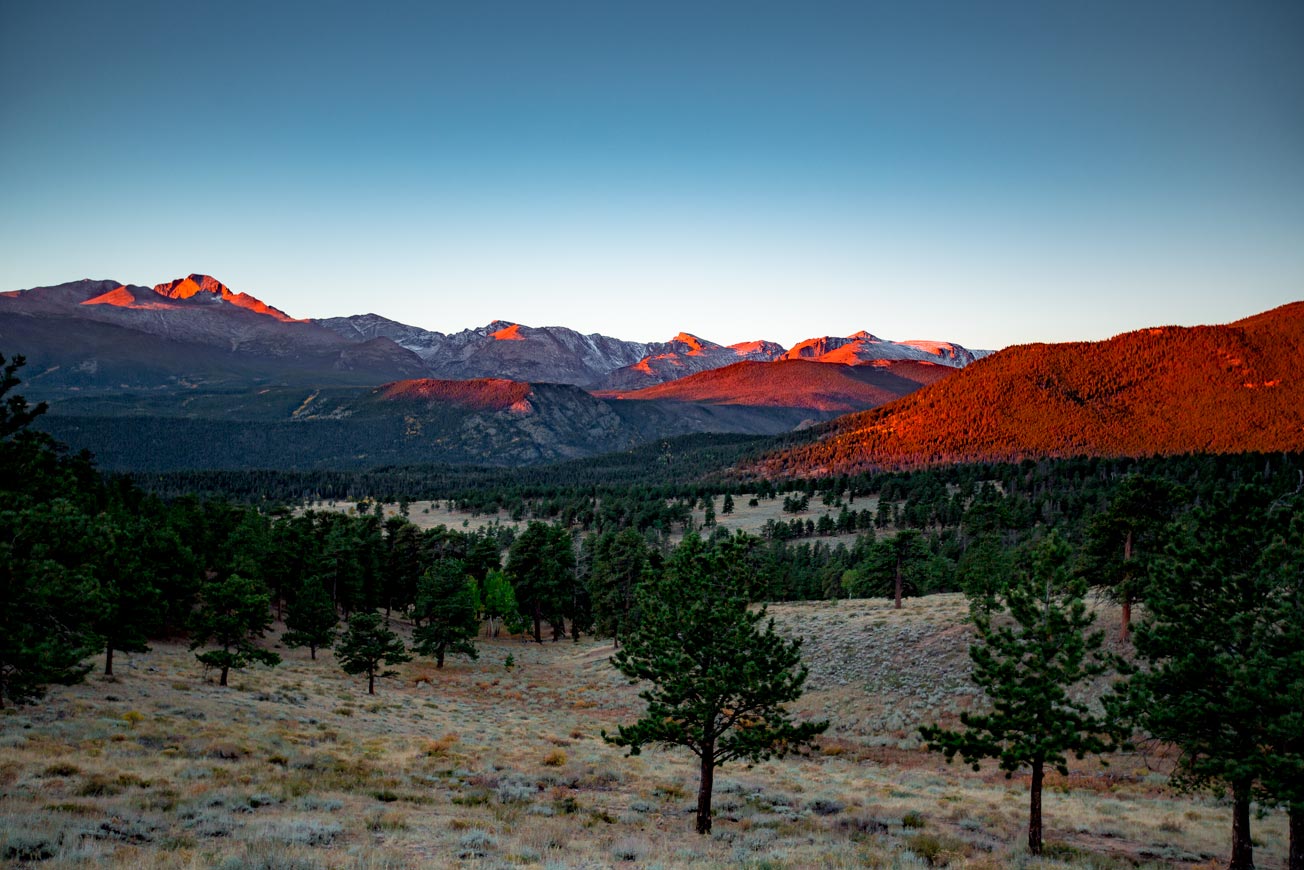
Publisher Of The Rocky Mountain News
In 1859 Byers moved to Denver to take advantage of recent gold strikes in the area. Taking the printing presses of the defunct Bellevue Gazette of Omaha, he produced gold field handbooks.
Robert W. Furnas, a friend of Byers, later recalled that he had bought the equipment and had it taken by ox team to Denver. Byers would later use the printing equipment to publish the Rocky Mountain News.
The Rocky Mountain News was the first newspaper printed in Colorado. It continued publication until 2009.
Among The First To Successfully Climb Longs Peak
In August of 1868, William Byers would fulfill a dream which he held since coming to Colorado. He was part of the first group to successfully climb Longs Peak.
Byers and his group left their base camp on August 20th taking with them a mule loaded with 10 days of rations.
They encountered what appeared to be an impassible precipice. While forced to leave their horses behind, however, they were able to find a route that would take them to the summit.
On August 23rd, they made history by becoming the first party to successfully reach the summit of Longs Peak.
So, Who Was The Famous Explorer?
Along with William Byers for this historic ascent was John Wesley Powell.
American explorer, geologist, and ethnologist, Powell is best known for his exploration of the upper portion of the Colorado River and the Grand Canyon.
As a matter of fact, Powell made his daring descent of the mighty Colorado River one year after making history with Byers.
Powell was an adventurer from a very early age. At 21, he walked across the state of Wisconsin. The next year, he rowed the entire Mississippi River. Later he made trips down the Ohio and Illinois Rivers.
Even before his historic, early whitewater run through the entire Grand Canyon, Powell had already led a full life.
During the Civil War, he commanded a Union artillery regiment and lost his right arm after being wounded in the Battle of Shiloh.
“We are now ready to start on our way down the Great Unknown . . . We are three quarters of a mile in the depths of the earth . . . We have an unknown distance yet to run; an unknown river yet to explore. What falls there are, we know not; what rocks beset the channel, we know not; what wall rise over the river, we know not. Ah, well! We may conjecture many things. The men talk as cheerfully as ever; jests are bandied about freely this morning; but to me the cheer is somber and the jests are ghastly.”
-John Wesley Powell, August 13, 1869
To learn more about Powell’s amazing expedition check out our 16+ FASCINATING Grand Canyon Facts
7. An Englishwoman Of Amazing Accomplishments Scaled Longs Peak & Wrote Of Her Exploits
It was not only men who were making history in the Rocky Mountain region. Another of our Rocky Mountain National Park Facts examines an Englishwoman of astounding accomplishments.
Isabella Bird was a 19th-century British explorer and writer who traveled extensively through North America, Asia, Europe, and Australia.
She became the first woman to be accepted into the Royal Geographic Society in Great Britain.
Due to her frequent ill health when staying in one place for too long, she supported herself through writing about her adventures.
One of those adventures was a trip to the area that would later become Rocky Mountain National Park, where she wrote about her experiences and observations.
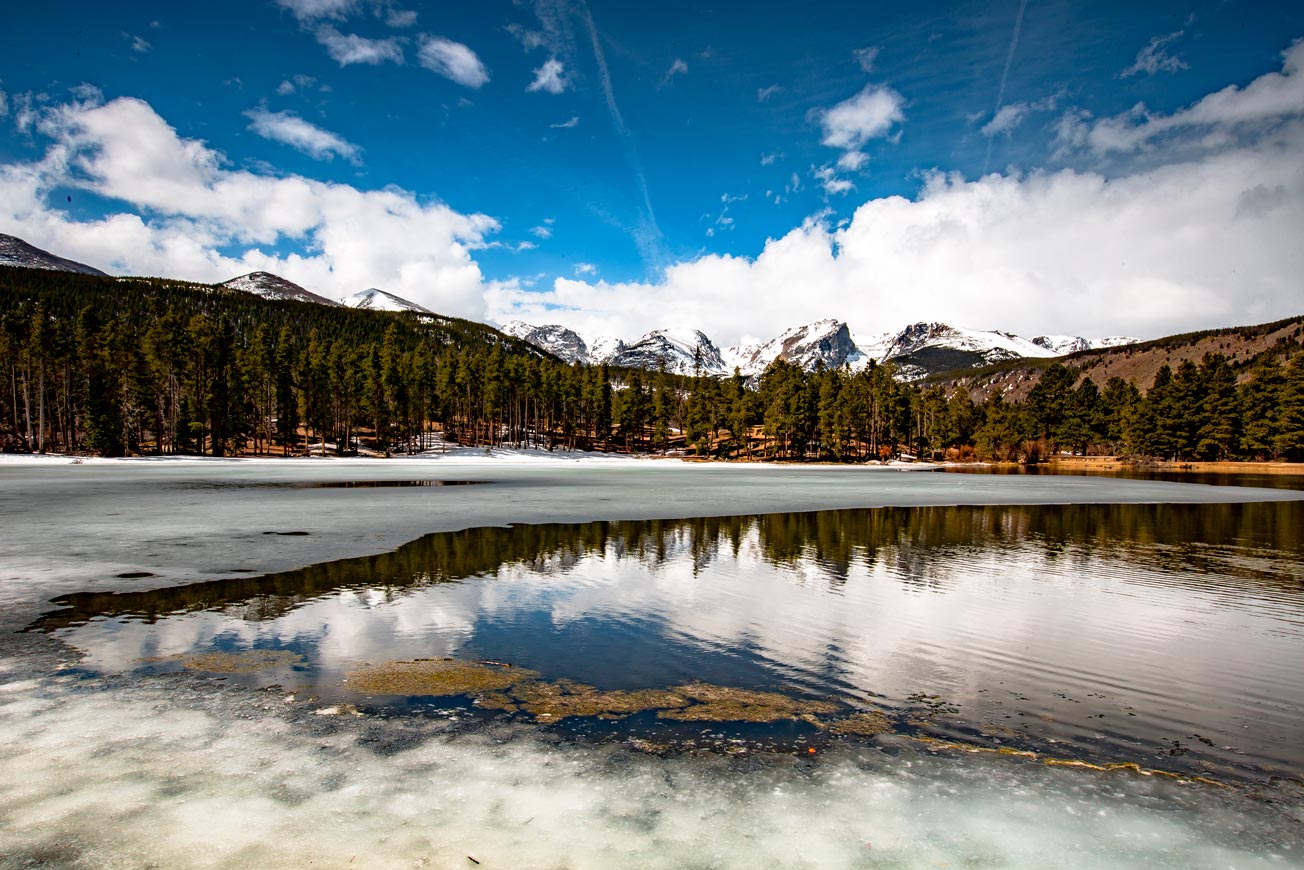
A Lady’s Life In The Rocky Mountains
Isabella Bird set out for Colorado in 1873 and traveled to the mountain town of Estes Park. She resided at Griff Evans’ Cottage Camp on Fish Creek and went exploring throughout the Estes Park valley, including climbing Longs Peak.
She became the second woman known to climb the mountain, just a month after Anna E. Dickinson of the Hayden Expedition had become the first.
Isabella was accompanied by her guide, Jim Nugent, more famously known as “Rocky Mountain Jim”, and their friendship, between a genteel Englishwoman and an American mountain man outlaw, became a legend in the Estes Park area.
She chronicled her trip in a book called “A Lady’s Life in the Rocky Mountains“, which was published in 1879, and made from a collection of letters she had written to her sister back in Scotland.
The book became very popular in Great Britain and was later exported to France, also her writings generated interest in Estes Park as a tourist destination. People like Isabella Bird played an important role in the interest and establishment of national parks.
CHECK OUT: 15 AMAZING Facts About Grand Teton National Park
8. An Irish Aristocrat Tried To Purchase All Of Estes Park
Before moving on to other amazing Rocky Mountain National Park Facts, I wanted to share one more incredible story about one of the people whose life was forever changed by his experiences at Rocky Mountain.
Windham Thomas Wyndham-Quinn, also known as the Earl of Dunraven, was a wealthy Irish aristocrat and sportsman who visited Estes Park, Colorado in the 19th century.
He was not well-liked by many of the area settlers as he had plans to buy all of Estes Park.
He first arrived in 1872 and by 1874, he had claimed 8,000 acres of land in Estes Park. The land was obtained through legal and questionable means, such as a scheme in which he and his agents took advantage of the Homestead Law and found local men willing to purchase 160-acre claims throughout the park, then transferring the land to his Estes Park Company Ltd.
By 1880, the Earl had purchased 8,200 acres of land and controlled another 7,000 acres through ownership of springs and streams. This led to resentment among the local settlers who felt they were being cheated out of their land.
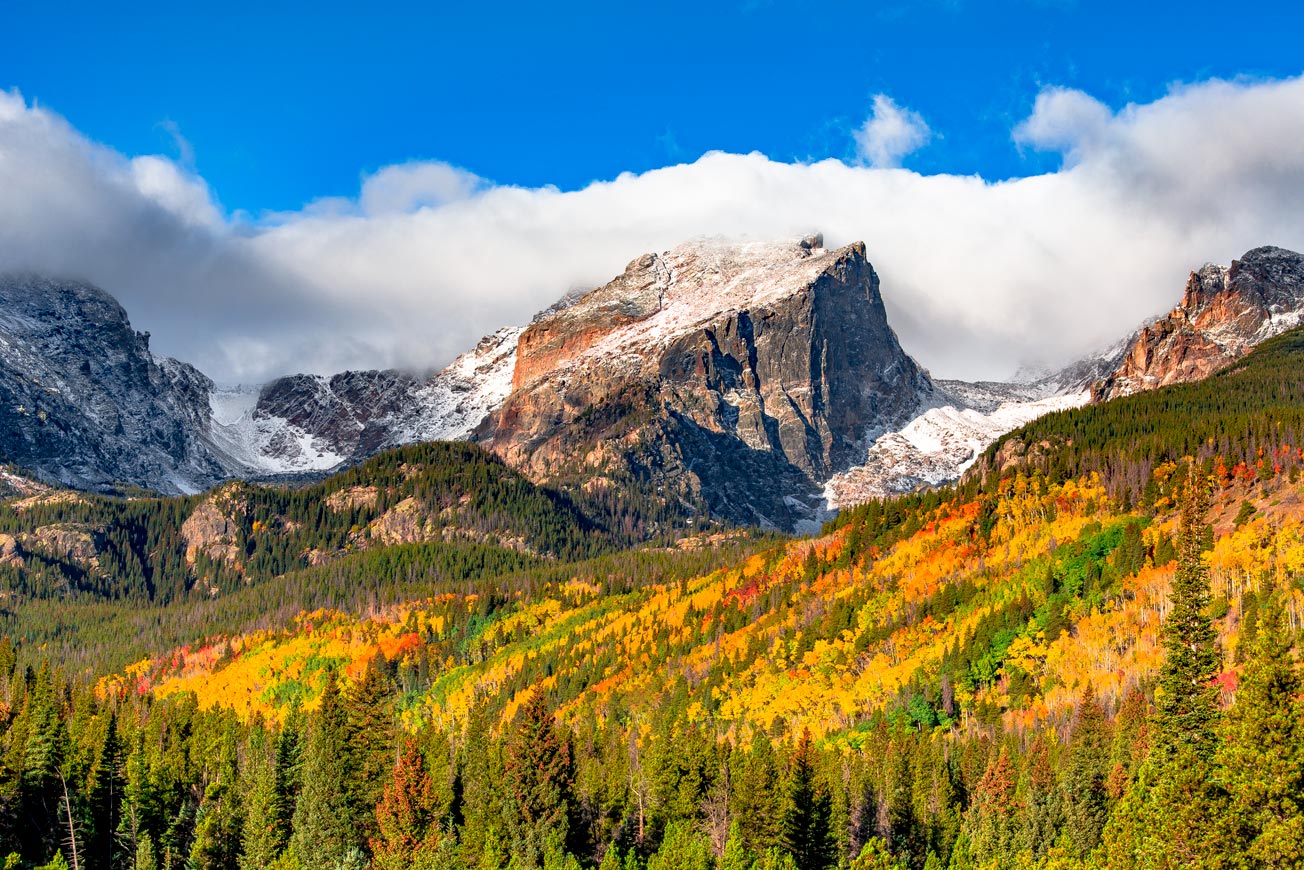
One Of The Most Gigantic Land Steals In The History Of Colorado
The Earl’s efforts resulted in what has been called “one of the most gigantic land steals in the history of Colorado.”
Thirty-one claims were filed for his use of the land and a grand jury was set to investigate his claims. The legal wrangling lasted for years.
Denver newspapers reported in July 1874 that a sawmill would be built, Swiss cattle were to be introduced, ranching would be expanded, and a hunting lodge would be constructed in Dunraven Glade on the North Fork of the Big Thompson River.
The Tale Of Rocky Mountain Jim & Griff Evans
Rocky Mountain Jim, who served as Isabella Bird’s guide, was one of the loudest opponents of the Earl of Dunraven’s land acquisitions in Estes Park.
Jim, like other squatters in the area, trapped for a living and kept a small herd of cattle, but his cabin sat at the head of Muggins Gulch, dominating the main entrance to Estes Park.
Tensions rose between Jim and local resident Griff Evans and on June 19, 1874, Evans shot Jim Nugent. Jim survived for three more months before succumbing to his injury.
Evans was arrested and charged with the shooting but was later released due to lack of witnesses.
The Earl interpreted this as a vindication of Evans’ actions and built a hotel in the area, which was nicknamed the “English Hotel”. In 1907, he sold his land and four years later, the “English Hotel” burned down.
CHECK OUT: A Brief (& Informative) History Of America’s National Park Rangers
9. Rocky Mountain Has Over 60 Peaks
It’s time to turn our attention to the amazing landscape of one of America’s premier national parks. Among the Rocky Mountain National Park Facts which may be of interest to you if you’re planning a visit is the fact that the park has over sixty mountain peaks. All of these peaks are over 12,000 feet.
As a matter of fact, the park ranks among the highest national parks in the country.
It features elevations starting at over 7,000 feet. These elevations go as high as over 14,000 feet.
Longs Peak is the park’s highest peak with an elevation of 14,259 feet. It is Colorado’s 15th highest summit.
In fact, the park’s Alpine Visitor Center also sits at the highest elevation of all National Park Service sites.

10. The Park’s Trail Ridge Road Is A Scenic Wonder
Another amazing Rocky Mountain National Park Fact is that the park’s Trail Ridge Road is one of the most incredible scenic roads that you’ll find in any national park.
The road was completed in 1932. It takes its visitors to new heights and has been called a “scenic wonder road of the world.”
As the National Park Service notes, Trail Ridge Road, Rocky Mountain National Park’s heavily traveled highway to the sky, inspired awe before the first motorist ever traveled it.
“It is hard to describe what a sensation this new road is going to make,” predicted Horace Albright, director of the National Park Service, in 1931, during the road’s construction.
“You will have the whole sweep of the Rockies before you in all directions.”

The Highest Continuous Paved Highway In The Nation
Cresting at just over 12,000 feet, it is the highest continuous paved highway in the nation. In fact, it is so high that drivers will climb 4,000 feet in a matter of minutes.
Covering the 48 miles between Estes Park on the park’s east side and Grand Lake on the west, Trail Ridge Road more than lives up to its advanced billing. Eleven miles of this high highway travel above treeline, the elevation near 11,500 feet where the park’s evergreen forests come to a halt.
As it winds across the tundra’s vastness to its high point at 12,183 feet elevation, Trail Ridge Road (U.S. 34) offers visitors thrilling views, wildlife sightings and spectacular alpine wildflower exhibitions, all from the comfort of their car.
Top 14 Rocky Mountain National Park Facts
11. Rocky Mountain National Park Contains A Diverse Array Of Wildlife
Another amazing Rocky Mountain National Park Fact pertains to the incredible array of wildlife which visitors can expect to see at the park.
Altogether, 67 mammal species are known to be native to the area, but grizzly bears, gray wolves and bison were locally extirpated in the 19th and early 20th centuries.
The lynx and wolverine are either extirpated or extremely rare. Moose are now commonly seen in the park, but they were not historically recorded as being part of this particular area of the Rocky Mountains.
Among the species you can see are: bats, beaver, big horn sheep, black bear, coyotes, marmots, mountain lions, mule deer and much more.
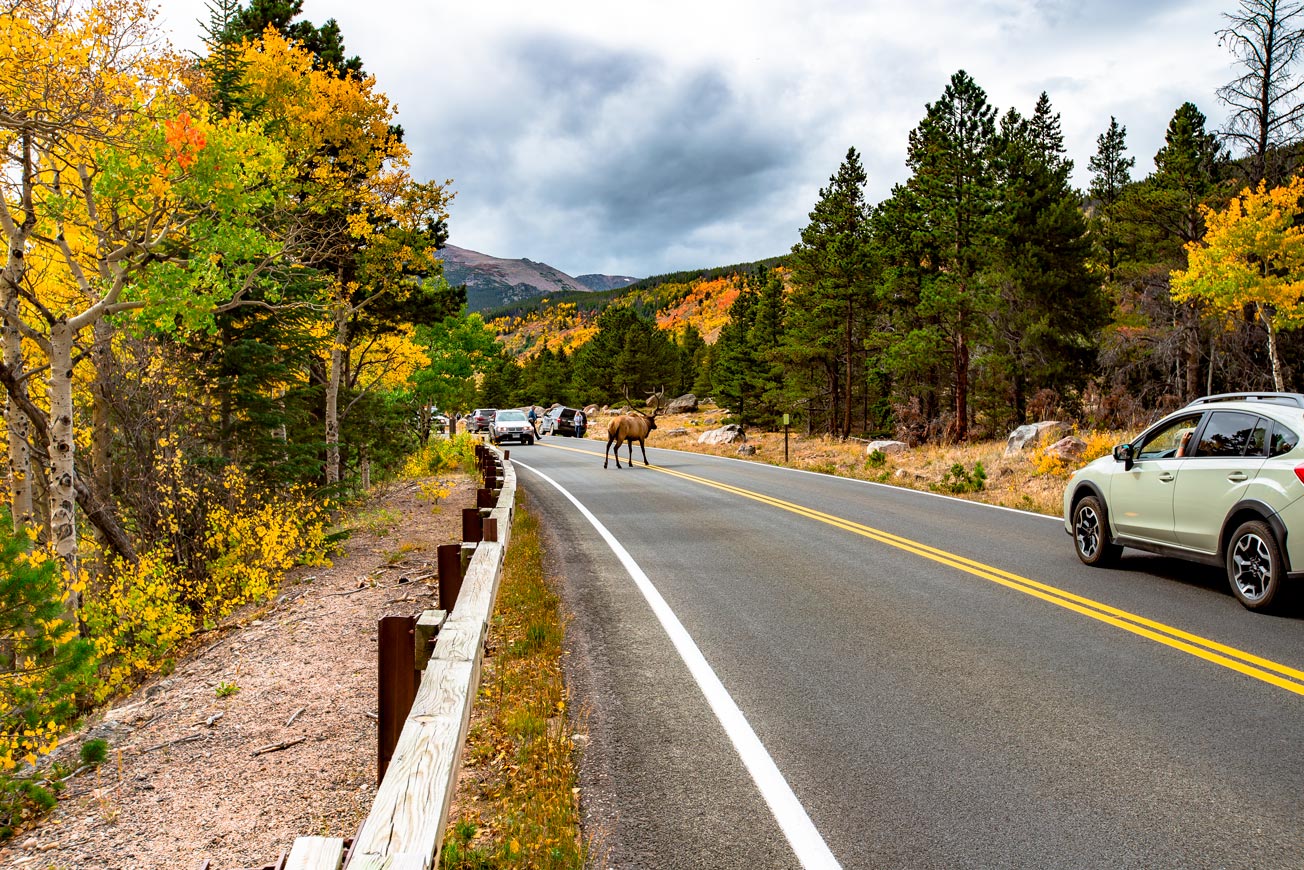
Fish Native To Rocky Mountain
Fish known to be native to the area that became Rocky Mountain National Park were cutthroat trout, suckers and sculpins. These fish were only historically found in the lower reaches of what would become the park due to waterfalls and cascades which served as fish migration barriers.
There are seven native fish and four exotic fish that now inhabit the aquatic systems of the park. One native fish, the greenback cutthroat trout is federally listed as endangered.
A long-range recovery program for Greenback and Colorado River cutthroat trout has been ongoing since 1975 in cooperation with the U.S. Fish and Wildlife Service. (Source: NPS)
12. Most Of Rocky Mountain Is Wilderness
If you’re looking for a “true” wilderness” experience then Rocky Mountain National Park is a great place to visit.
Rocky Mountain National Park is known for its stunning wilderness areas, which cover a large portion of the park’s total land area. In fact, more than 95% of the park is designated as wilderness, making it one of the largest and most pristine wilderness areas in the United States.
The wilderness areas of Rocky Mountain National Park are home to a diverse range of plant and animal species, including elk, bighorn sheep, black bears, mountain lions, and many others.
Visitors to the park can enjoy a variety of outdoor activities in these wilderness areas, such as hiking, camping, and wildlife watching, all while surrounded by some of the most beautiful natural scenery in the world.

13. At Rocky Mountain, You Will Find An Incredible Museum Collecti0n
If you love to learn as well as love the great outdoors then the next of our Rocky Mountain National Park Facts is for you.
Rocky Mountain National Park has an extensive museum collection.
In fact, the park’s museum collection preserves artifacts and specimens that tell the incredible story of the park.
These artifacts include household items that were part of historic homes in the park and historic photos to watercolors and oil paintings of the park’s scenery.
In total, the collection includes 33,465 cultural objects, 294 works of art, 10,495 biological specimens and 455 geological specimens.
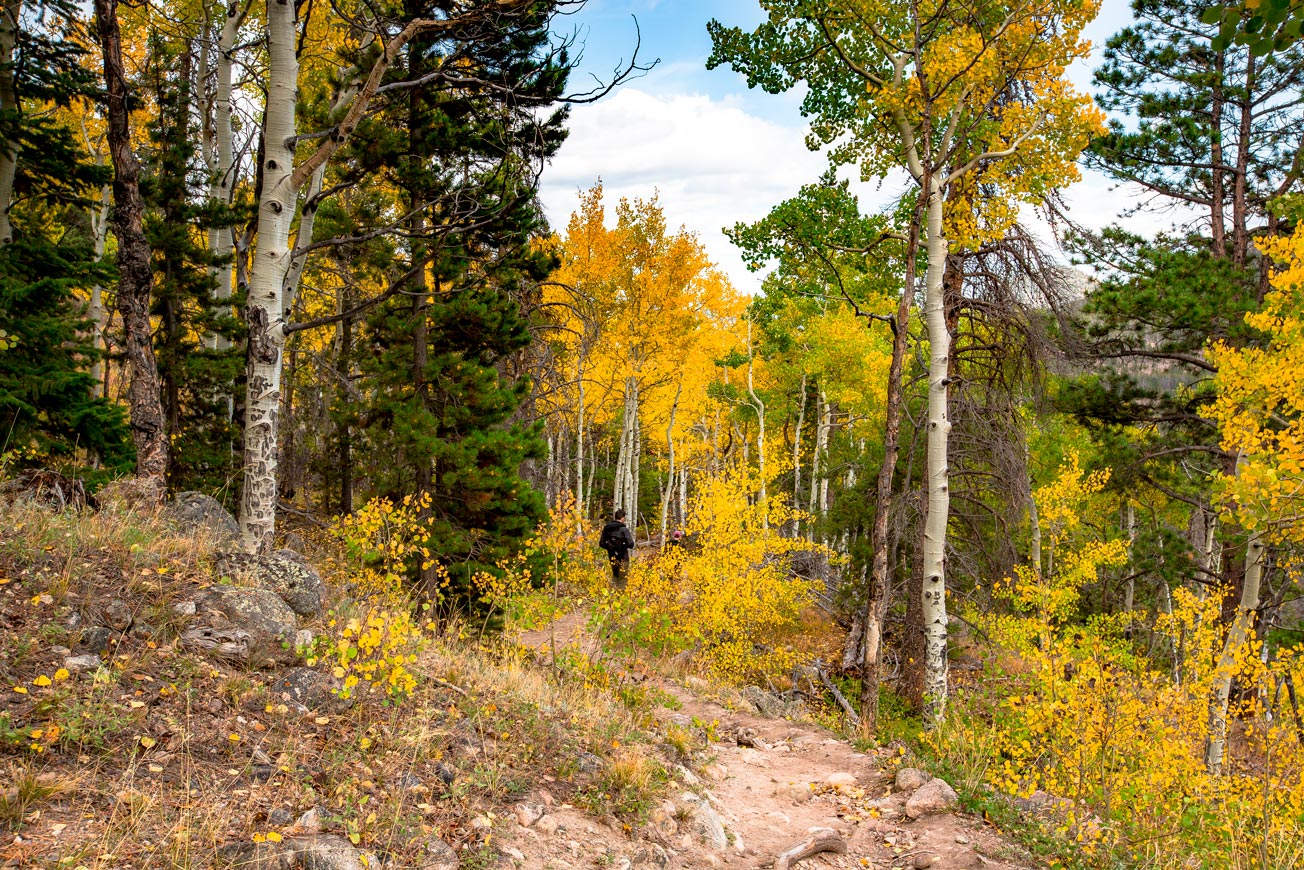
14. There Are Hot Springs Near Rocky Mountain National Park
Our final Rocky Mountain National Park Fact has to do with a geologic wonder located near the park.
Located outside of the park about 20 miles to the west of the Kawuneeche Visitor Center on Hwy 40, past Grand Lake is Sulphur Springs.
In fact, there are seven natural springs flowing above the largest fissure that have been flowing constantly for hundreds of years, surfacing at about 104ºF to 126ºF.
The historic Hot Sulphur Springs Resort and Spa is famous for its healing mineral waters and 140 years of continued operation.
Watch Our Rocky Mountain National Park Video
ROCKY MOUNTAIN 8K is the culmination of several years spent filming in the rugged mountains of Colorado. Situated in the heart of Colorado’s Front Range, Rocky Mountain National Park spans more than 400 square miles of jaw-dropping mountain beauty.
Journey with us as we experience all four seasons of life high in the wild heartland of the continental divide.
Rocky Mountain was the first film we chose to shoot in all four seasons because of the amazing change that takes place throughout the park during that time. Our primary focus was the fall season due to the spectacular fall colors but also the elk rutting season which is incredible to witness.
The most popular sections of Rocky Mountain National Park are situated next to Estes Park, Colorado. We spent a great deal of time in this section of the park capturing it’s epic scenes.
Why Trust Us About Rocky Mountain National Park Facts?
We’re Jim Pattiz and Will Pattiz, collectively known as the Pattiz Brothers (and sometimes the Parks Brothers) and we absolutely LOVE the national parks.
You should probably know that we don’t just make this stuff up out of thin air. We’ve spent our entire adult lives exploring and filming America’s national parks and public lands.
We’ve worked with the National Park Service, the Department of Interior, USDA, and the U.S. Forest Service for years creating films on important places and issues. Our work has been featured in leading publications all over the world and even some people outside of our immediate family call us experts on the national parks.

Meet The Parks Brothers
Map Of Rocky Mountain National Park
List Of Rocky Mountain National Park Facts
- The Paleo-Indians Were The Earliest Peoples To Inhabit The Rocky Mountains
- The Highest Point In Rocky Mountain National Park Is Named After The Leader Of A Historic Expedition
- The First Man To Report About The Wonders Of The Region Was A Fur Trapper & Hunter
- The First Recorded Discovery Of The Park Was Made By A Pioneer
- A Famous French Author Would Immortalize Longs Peak
- A Legendary Explorer Was Part Of The First Party To Successfully Climb Longs Peak
- An Englishwoman Of Amazing Accomplishments Scaled Longs Peak & Wrote Of Her Exploits
- An Irish Aristocrat Tried To Purchase All Of Estes Park
- Rocky Mountain Has Over 60 Peaks
- The Park’s Trail Ridge Road Is A Scenic Wonder
- Rocky Mountain National Park Contains A Diverse Array Of Wildlife
- Most Of Rocky Mountain Is Wilderness
- At Rocky Mountain, You Will Find An Incredible Museum Collection
- There Are Hot Springs Near Rocky Mountain National Park
We Hope You’ll Follow Our Journey
Our goal here at More Than Just Parks is to share the beauty of America’s national parks and public lands through stunning short films in an effort to get Americans and the world to see the true value in land conservation.
We hope you’ll follow our journey through the parks and help us to keep them the incredible places that they are. If you’re interested in joining the adventure then please sign up below!
Related Links
Colorado National Parks: These 12 Colorado National Parks Will Blow Your Mind
America’s National Parks: All 63 US National Parks Ranked By Experts
National Monuments: Ultimate List Of National Monuments
National Landmarks: 25 Bucket List Famous Landmarks In America (Must-SEE)
Revolutionary War Sites: 10 BEST Revolutionary War Sites In America
Civil War Sites: 10 BEST Civil War Sites In America
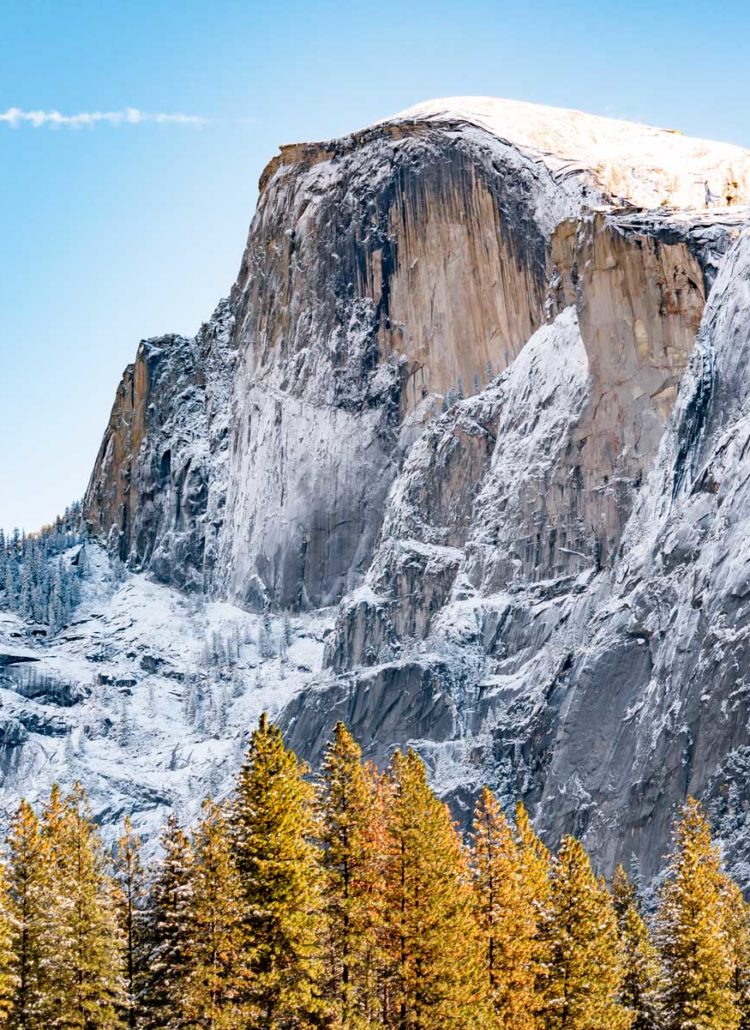

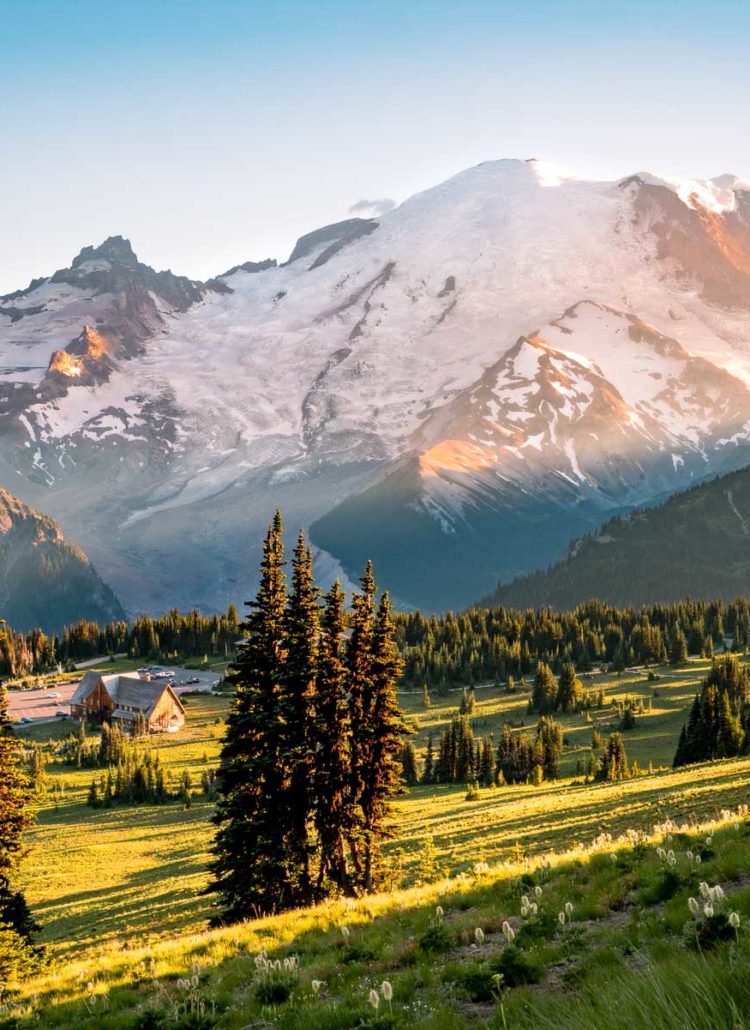


Leave a Reply